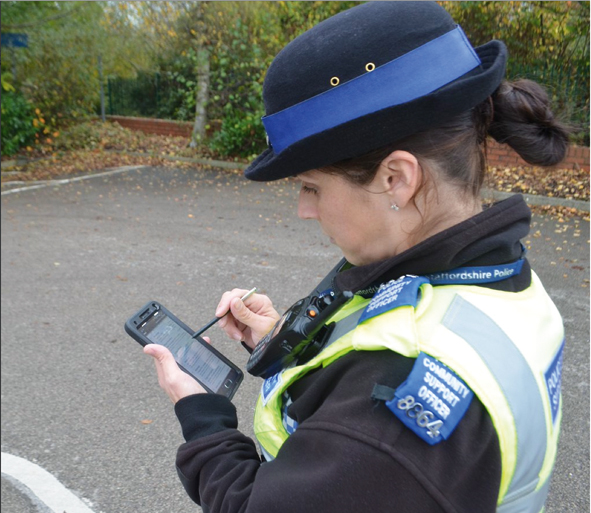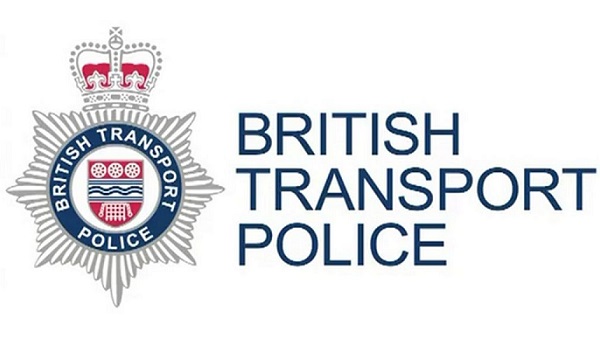Major achievement for next generation ESN
Airwaves decision to step back from its planned legal challenge against the Home Office over the Emergency Services Mobile Communications Programme (ESMCP) process triggered a lifting of the procurement suspension that allowed the two remaining contracts to be formally awarded last week.
Airwaves decision to step back from its planned legal challenge against the Home Office over the Emergency Services Mobile Communications Programme (ESMCP) process triggered a lifting of the procurement suspension that allowed the two remaining contracts to be formally awarded last week.
EE has been selected to provide the UKs emergency services with a resilient national mobile network under Lot 3, giving 300,000 emergency workers access to 4G voice and data for the first time.
Motorola Solutions will be responsible for the delivery of the user services contract (Lot 2), providing systems integration and public safety functionality.
They join KBR, which in July was awarded the delivery partner services contract (Lot 1) and immediately started its work helping to oversee the new Emergency Services Network (ESN).
Mike Penning, Minister for Policing, Crime, Criminal Justice and Victims, said it marked a major achievement in providing the emergency services with a new modernised communications network that is able to protect the public and save lives.
Although the procurement suspension sparked by Airwaves legal complaint against the Home Office was lifted, Airwave is still seeking damages, claiming it was not given fair treatment under procurement laws. A hearing on the detail of its action is expected to be heard early in the new year.
EE said its 4G network will significantly improve the efficiency of the emergency services by giving them access to the type of data and applications that have benefitted private businesses in recent years.
Some of the applications that the new network will enable for the UKs emergency services include:
A police officer recording an arrest on a body-worn video camera and live-streaming to nearby officers for assessment and support;
An ambulance crew sending vital patient data on to the hospital to allow staff to make the best preparations for a patients arrival; and
A fire and rescue crew assessing a burning building based on digital blueprints on tablets and live helicopter camera footage.
EE chief executive Olaf Swantee said: Weve worked closely with the police and ambulance crews to show the power of 4G in helping save time and save lives. We will now work tirelessly to deliver a highly-resilient, truly nationwide 4G network to serve all of Britains blue light and first responder teams across the UK.
EE said its new 4G ESN will replace the existing Airwave Tetra (terrestrial trunked radio) system from mid-2017 as current contracts expire.
It added that it has already committed to spend £1.5 billion on its network up to 2017, and will increase that investment in order to deliver the ESN. Work to enhance and expand the EE network has already commenced in order to be ready in time for the first transitions, and existing consumer, business and public sector customers will benefit from this.
The dedicated EE emergency services team said it will work closely with current provider Airwave, Motorola Solutions and KBR, as well as all 300,000 end users, to manage a smooth transition to the new 4G network.
In order to deliver the mission-critical ESN, EE said it will:
Build a new, highly-resilient dedicated core network for the emergency services;
Build more than 500 new sites, expanding coverage in rural areas;
Switch on low-frequency 800MHz spectrum on more than 3,800 sites to enhance rural and indoor coverage;
Implement the capability to afford network access priority to emergency services when required;
Implement VoLTE (calls over 4G), and new long-term evolution (LTE) voice capabilities, including push to talk;
Deploy a fleet of rapid response vehicles to ensure maximum service availability; and
Implement satellite backhaul for Britains most hard-to-reach areas.
Manuel Torres, senior vice-president of Motorola Solutions Europe and North Africa Sales and Support Services, said they shared the ESNs commitment and vision to equipping emergency and public service agencies with the functionality and capa




